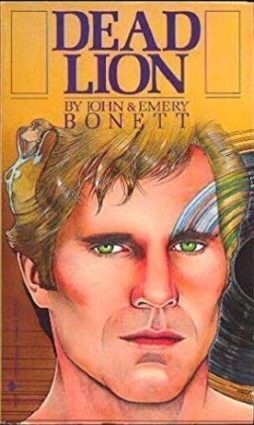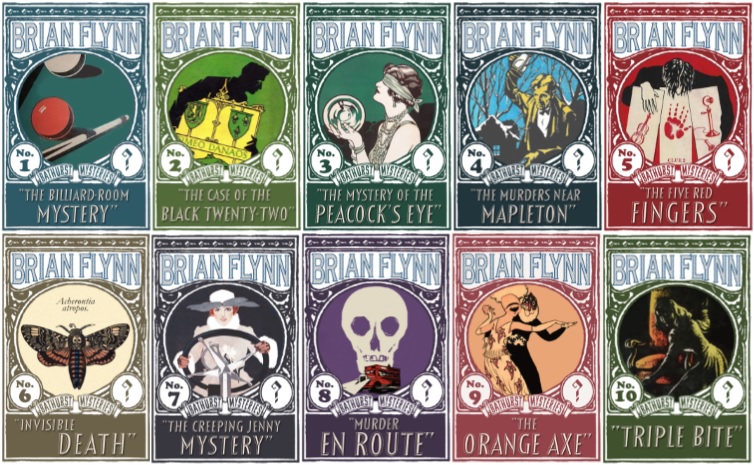 Cyprian Druse – intellectual, critic, panellist on “The National Quiz”, the “literary lion” – is dead. Apparently when he was looking out of his window, the window slipped and broke his neck. Yeah, right…
Cyprian Druse – intellectual, critic, panellist on “The National Quiz”, the “literary lion” – is dead. Apparently when he was looking out of his window, the window slipped and broke his neck. Yeah, right…
When Simon Crane, Druse’s nephew, arrives, he believes that this was no accident. Druse, it seems, was not exactly the charmer that his image led people to believe. Crane discovers six gramophone records, made by six anonymous women who have motive to murder Druse, a motive spelled out on each recording. Crane determines to look into it himself. Why, you might ask? Well, it seems that he has fallen in love with the voice on the sixth record…
This was one of my Christmas presents from Secret Bev Santa, and it’s a great choice. Apart from the cover, that caused no less than three family member to ask if I was reading a seventies porn novel – I didn’t ask them how they knew what the cover of a seventies porn novel looked like – it’s ticks all the boxes for a perfect present for me. A whodunit from the Golden Age (well, 1949) that I’d never even heard of. There is a Green Penguin edition, but I’ve not come across the authors before.
Emery Bonett (Felicity Winifred Carter) and her husband John Bonett wrote eight books together – he plotted, she wrote – and a few separately each, this being their first collaboration. It’s an interesting book. Despite being set in London and with two English authors, for some reason, it feels very American to me. Nothing that I could put my finger on, but I had to keep reminding myself that this was a British book.
The writing is strong, but the book struggles to decide what sort of book it wants to be. The would-be romance seems to be the over-riding plot for long periods of the book, and despite being written in a much more serious vein than Carr’s The Case Of The Constant Suicides, it is far less convincing that the love story in that book, which is saying something. And a quick question – exactly how hard was it to record a personalised gramophone record in the late 1940s?
As for the whodunit element, well, it trundles along in the background, and it lacks any real “wow” factor in the solution. But it’s solid enough, and the quality of the writing kept my interest. Not sure I’d rush to hunt down more from the same authors though…

As for the whodunit element, well, it trundles along in the background, and it lacks any real “wow” factor in the solution. . . . Not sure I’d rush to hunt down more from the same authors though…
More or less exactly my conclusion when I read this many years ago (in that Green Penguin edition you mention).
LikeLiked by 1 person
Having been born in ’49, I can tell you that my parents had a 78 rpm record player that could also make records, of which I still have a few (my sister reciting nursery rhymes.) It was a large piece of furniture in a handsome cabinet. We were hardly rich, so I imagine it was not that uncommon to have one back then.
LikeLike
Thanks for that. It seemed very odd to me, but that’s a tiny bit of my historical knowledge added to.
LikeLike
Well, I’m glad the book was “a great choice” for ticking off the boxes even if it didn’t quite fulfill its promise. I enjoyed this one, but I will say that their The Sound of Murder from 1970 is a better book. But I couldn’t lay hands on another copy of that (and didn’t want to stray too far from the Golden Age too often…).
I laughed out loud at “the cover, that caused no less than three family member to ask if I was reading a seventies porn novel – I didn’t ask them how they knew what the cover of a seventies porn novel looked like…” That didn’t even occur to me when I was picking that out for you.
LikeLiked by 1 person
I’ve had the green penguin edition of this for years and shortly after I joined the GAD Facebook group a while ago I tried to read it but only managed a couple of chapters. The voices on the records idea sounded bizarre and I really couldn’t care about the characters. I must have another go.
LikeLike